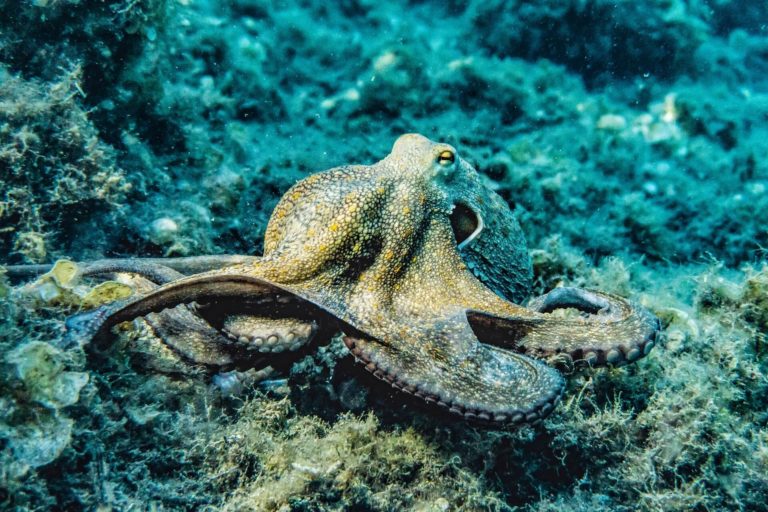INDIVIDUAL IDENTIFICATION: MOLLUSCS
CEPHALOPODS
Huffard C. L., Caldwell R. L., DeLoach N., Gentry D. W., Humann P., MacDonald B., Moore B., Ross R., Uno T., Wong S. (2008): Individually unique body color patterns in octopus (Wunderpus photogenicus) allow for photoidentification. Plos One 3: e3732.
FULL TEXT
Abstract
Studies on the longevity and migration patterns of wild animals rely heavily on the ability to track individual adults. Non-extractive sampling methods are particularly important when monitoring animals that are commercially important to ecotourism, and/or are rare. The use of unique body patterns to recognize and track individual vertebrates is well-established, but not common in ecological studies of invertebrates. Here we provide a method for identifying individual Wunderpus photogenicus using unique body color patterns. This charismatic tropical octopus is commercially important to the underwater photography, dive tourism, and home aquarium trades, but is yet to be monitored in the wild. Among the adults examined closely, the configurations of fixed white markings on the dorsal mantle were found to be unique. In two animals kept in aquaria, these fixed markings were found not to change over time. We believe another individual was photographed twice in the wild, two months apart. When presented with multiple images of W. photogenicus, volunteer observers reliably matched photographs of the same individuals. Given the popularity of W. photogenicus among underwater photographers, and the ease with which volunteers can correctly identify individuals, photo-identification appears to be a practical means to monitor individuals in the wild.
Byrne R. A., Wood J. B., Anderson R. C., Griebel U., Mather J. A. (2010): Non-invasive methods of identifying and tracking wild squid. Ferrantia 59: 22-31.
FULL TEXT
Abstract
The ability to identify individual free-living animals in the field is an important method for studying their behavior. Apart from invasive external or internal tags, which may cause injury or abnormal behavior, most cephalopods cannot be tagged, as their skin is too soft and delicate for tag retention. Additionally, cephalopods remove many types of tags. However, body markings have been successfully used as a non-invasive method to identify individuals of many different species of animals, including whale sharks, grey whales, seals, and zebras. We developed methods to sex and individually identify Caribbean reef squid, Sepiotheuthis sepioidea. Males showed distinct bright dots on their fins on a Basic Brown background and have a light line at the fin edge while the females had a gradual transition from Brown to Pale towards the edge of their fins without showing distinct fin-dots or lines. In the field we used four characters to distinguish individual S. sepioidea from each other – sex, relative size to each other, scars, and patterns of light-colored dots on their mantles and fins. These dot patterns are individually unique and constant in location through time. Observations in the field were backed up by an image database using illustrations and photography.


